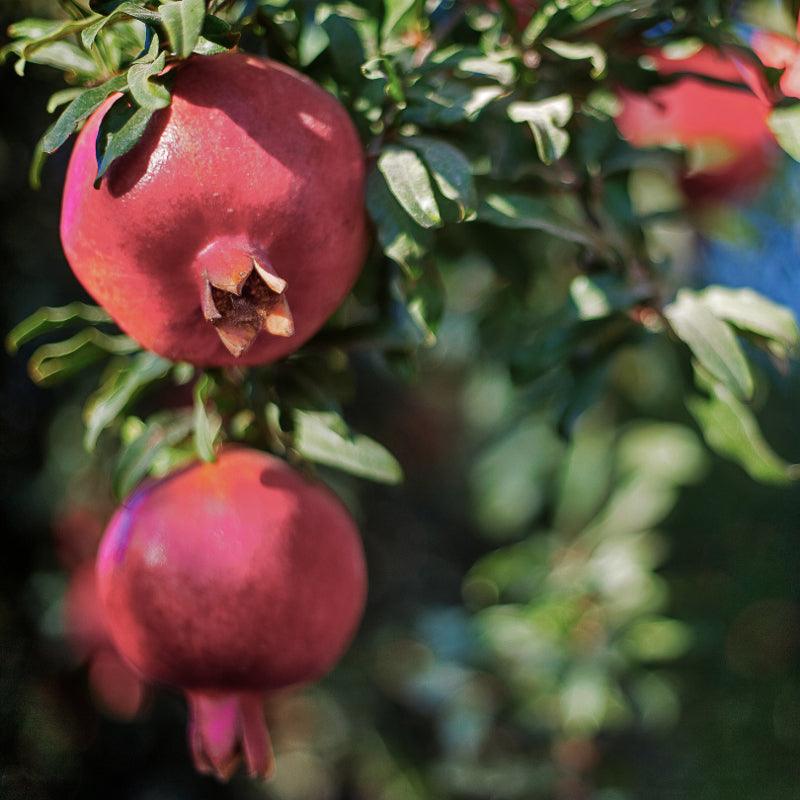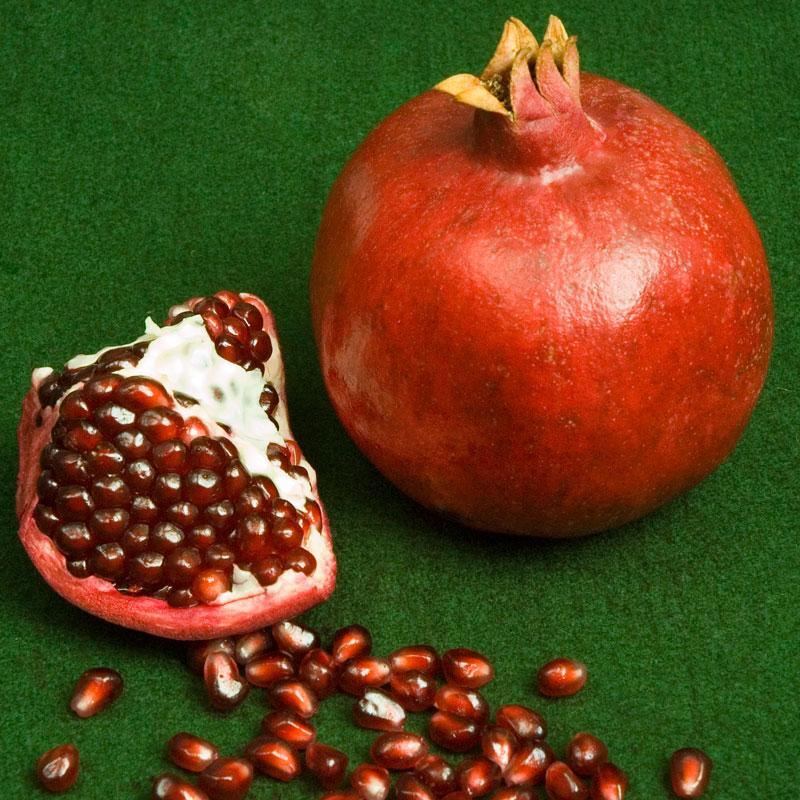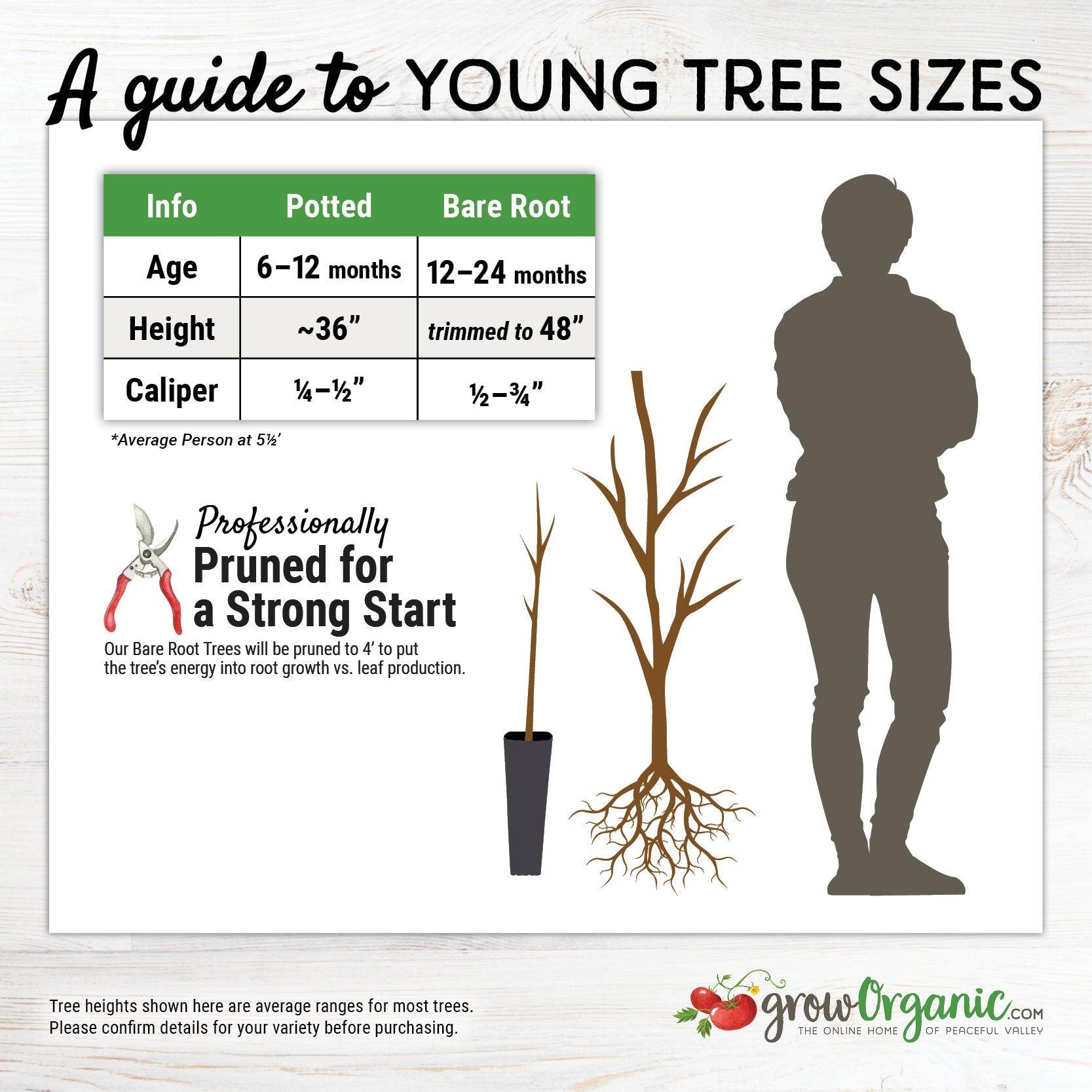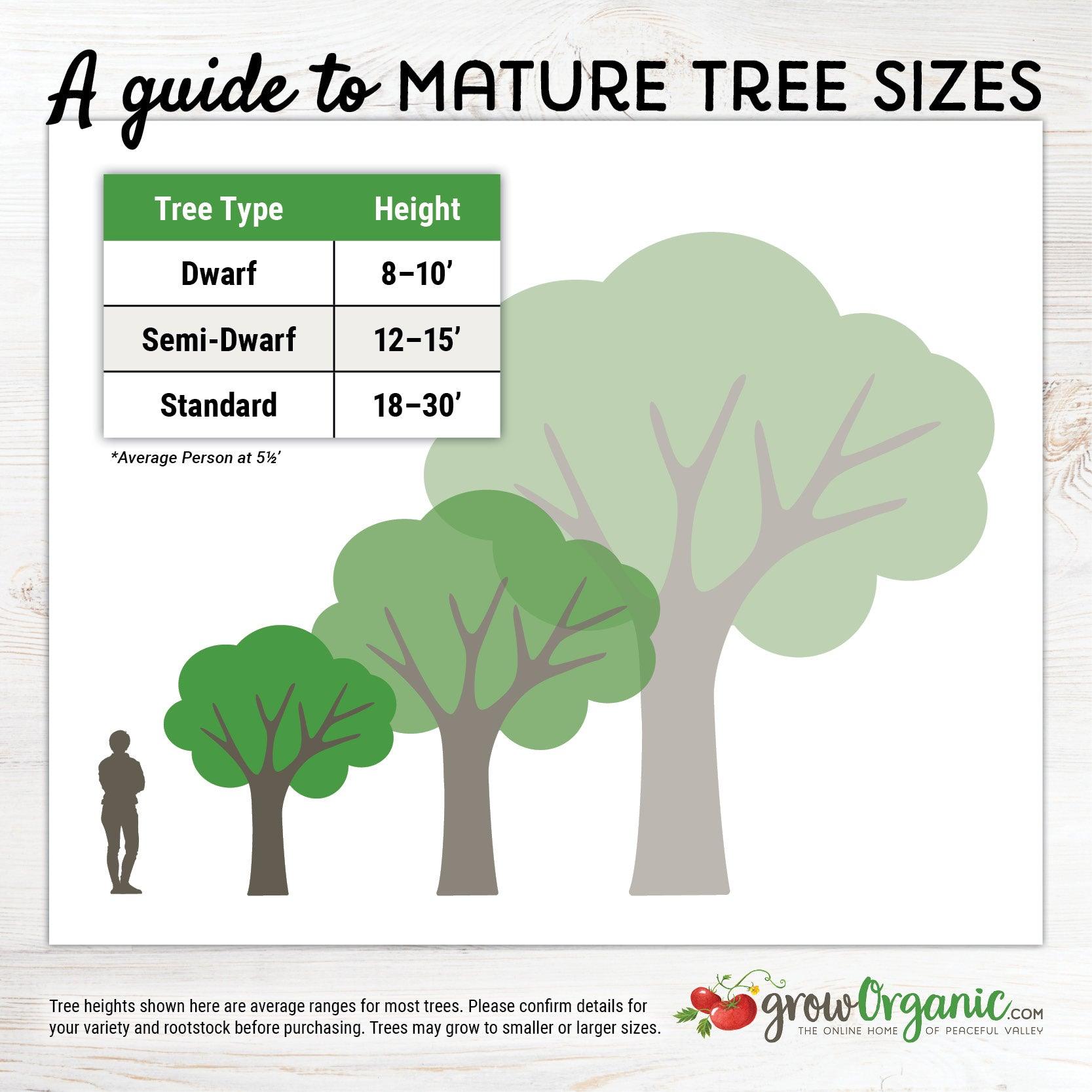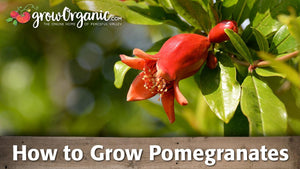Item Number: FT229
Potted Pomegranate Tree - Parfianka
Juicy seeds with perfect balance.
Parfianka is a world-renowned premium pomegranate variety, treasured for its exceptional flavor, heavy production, and striking ornamental beauty. The Parfianka Pomegranate (Punica granatum ‘Parfianka’) produces medium to large fruit with richly colored red skin and vibrant ruby arils that are remarkably sweet, juicy, and low in acidity. Known for its complex flavor—often described as a perfect balance of sweetness, brightness, and fruitiness—Parfianka is considered one of the best fresh-eating pomegranates, while also excelling in juicing, salads, sauces, and garnishes.
This vigorous, self-fruitful pomegranate tree thrives in full sun and well-drained soil, performing beautifully in hot, dry-summer climates and showing excellent drought tolerance once established. Parfianka is widely celebrated for its reliable, heavy yields and strong resistance to splitting, even in challenging conditions. Blooming in late spring with brilliant orange-red flowers, it sets abundant fruit that ripens in early to mid-fall, making it a favorite for gardeners who want consistent performance and exceptional quality.
In addition to its premium fruit, the Parfianka Pomegranate Tree brings year-round visual interest to home orchards, Mediterranean gardens, and edible landscapes. Its glossy green foliage, long blooming season, and showy blossoms make it both a productive and ornamental choice. Whether grown in the ground or in large containers, Parfianka offers beauty, resilience, and some of the most flavorful pomegranate arils available.
Tree Features
- Medium to large deep red fruit with glossy skin
- Juicy, bright red arils packed with flavor
- Contains small edible seeds that are soft and easy to chew
- The fruit is sweet with a perfect hint of tartness
- Vigorous upright plant sets a heavy crop dependably each year
- Ideal for great for juicing or fresh eating
Growing Information
- USDA Zones: 7–10
- Requires approximately 100-200 chill hours
- Harvest window: September 20 – October 20
- Needs full sun and well-draining soil for best growth
- Drought-tolerant once established
- Self-pollinating — no additional trees needed
- Deciduous, typically grows 6–12 feet tall
Additional Benefits
- Produces showy red-orange flowers that attract hummingbirds
- Easy to maintain with summer pruning
- No grafting involved — in colder climates, tops may die back but trees regrow and continue to produce fruit
- Originates from Uzbekistan and is scientifically known as Punica granatum 'Parfianka'
- Consistently rated the most flavorful pomegranate in tasting trials by experts such as Dr. Gregory Levin
Culinary Uses
- Great for juicing, perfect for fresh juices and cocktails
- Ideal for sauces, salad dressings, jams, and marinades
- Enjoy fresh as a healthy snack or a colorful addition to salads and desserts
Shipping & Availability
- Our parfianka pomegranate trees for sale are offered as healthy potted trees ready to plant
- Trees are shipped seasonally and arrive ready to thrive in your garden
Looking for More?
Explore our full selection of pomegranate trees to find other varieties perfect for your climate and culinary needs.
Visit our Fruit Tree Central for a listing of all our fruit tree videos and articles.
Visit Tree Characteristics for a listing of all our fruit & nut tree growing characteristics.
* Not medical advice. See physician for details.


Check Your Zone Compatibility:
Compatible with your zone.
Growing Zone for

Our Guarantee To You
Since 1976, we've served our customers at every stage of growing. Please contact us at any time. We are happy to support and assist you.
Shipping Information
Shipping Information
Cannot ship to the following states: HI, AK, PR, GU, VI
Shipping Weight: 5.5 lb
Dimensions: 35.9"L x 3.9"W x 3.9"H
Features
Features
- Flavor Pick
- Potted
- Self-fruitful
- Suited to Warmer Climates
Characteristics
Characteristics
Planting & Care
Planting & Care
Useful Information
Useful Information
Guarantee
Guarantee
We guarantee the perishable items we sell to be in good, viable condition when we sell them. Perishable items include, but are not limited to, garlic bulbs, flower bulbs, seed potatoes, onion sets & transplants, potted or bare root trees, vegetable crowns, etc. If your perishable item arrives in substandard condition, take photographs and please contact us within 3 days of the purchase date (or delivery date) and we will provide you with a refund of the purchase price (excluding shipping costs), or a replacement. Accordingly, we urge you to open any boxes marked as ""Perishable"" immediately upon receiving them and inspect the shipment thoroughly (do not crack open heads of garlic, we do not accept claims on cracked garlic). Because some perishable items can deteriorate very quickly, we cannot accept any claims beyond the 3-day time frame as it becomes too difficult to determine if these items were delivered in substandard condition, or if they turned into such substandard condition because of having been improperly cared for or stored once delivered.
Share
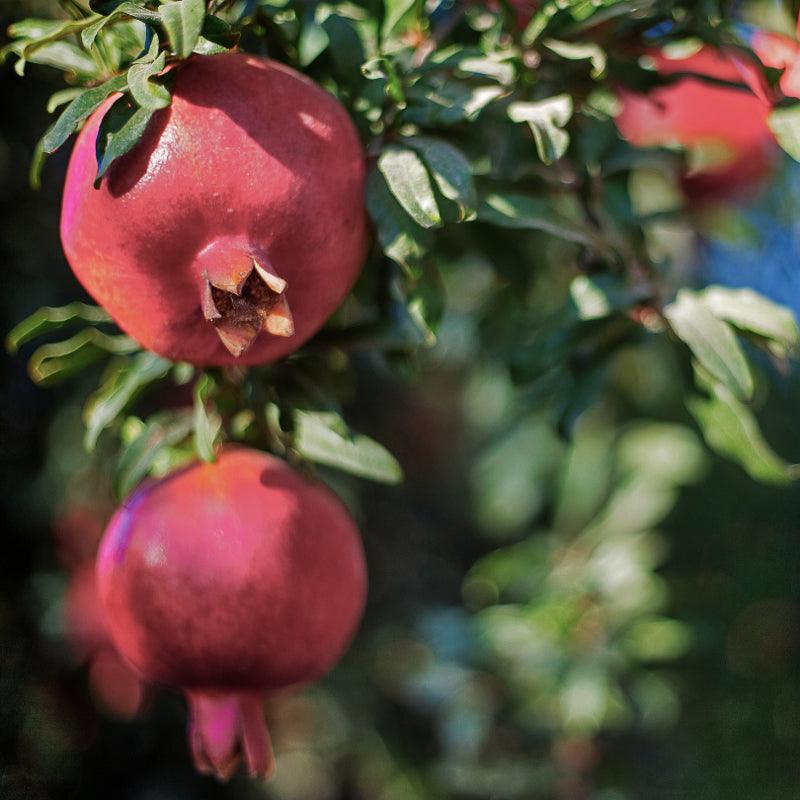
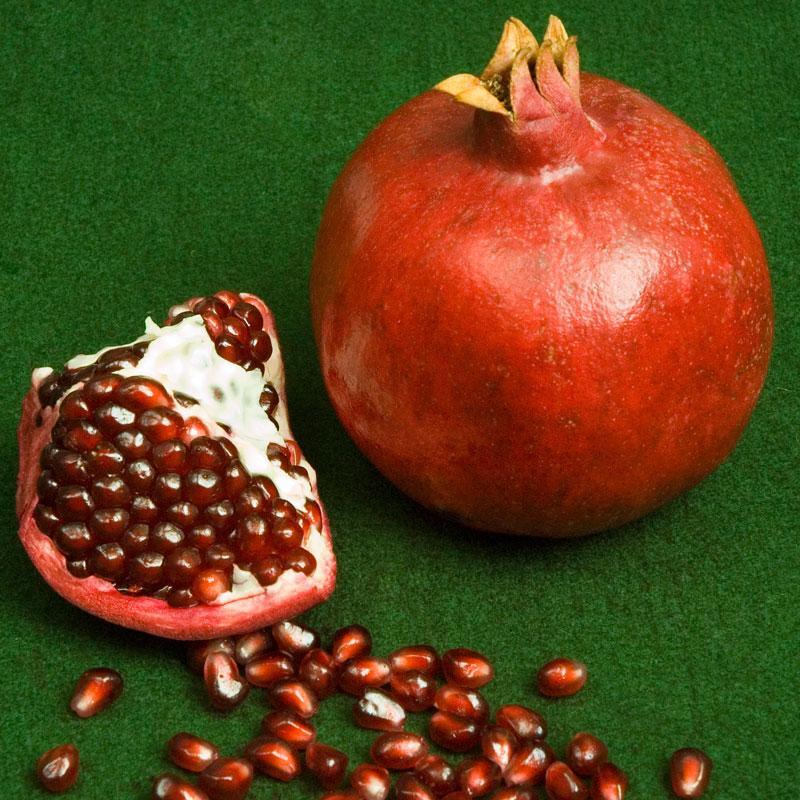
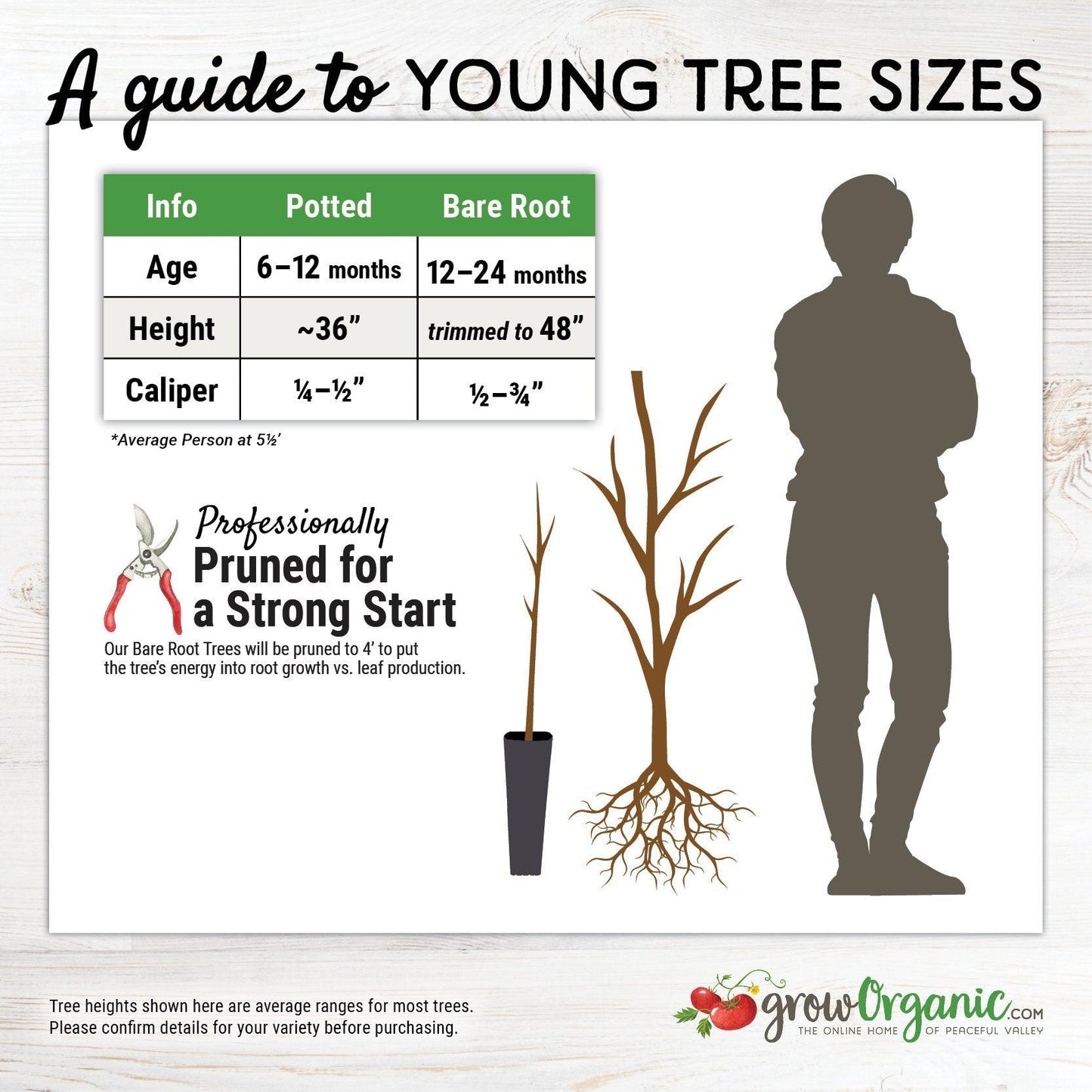
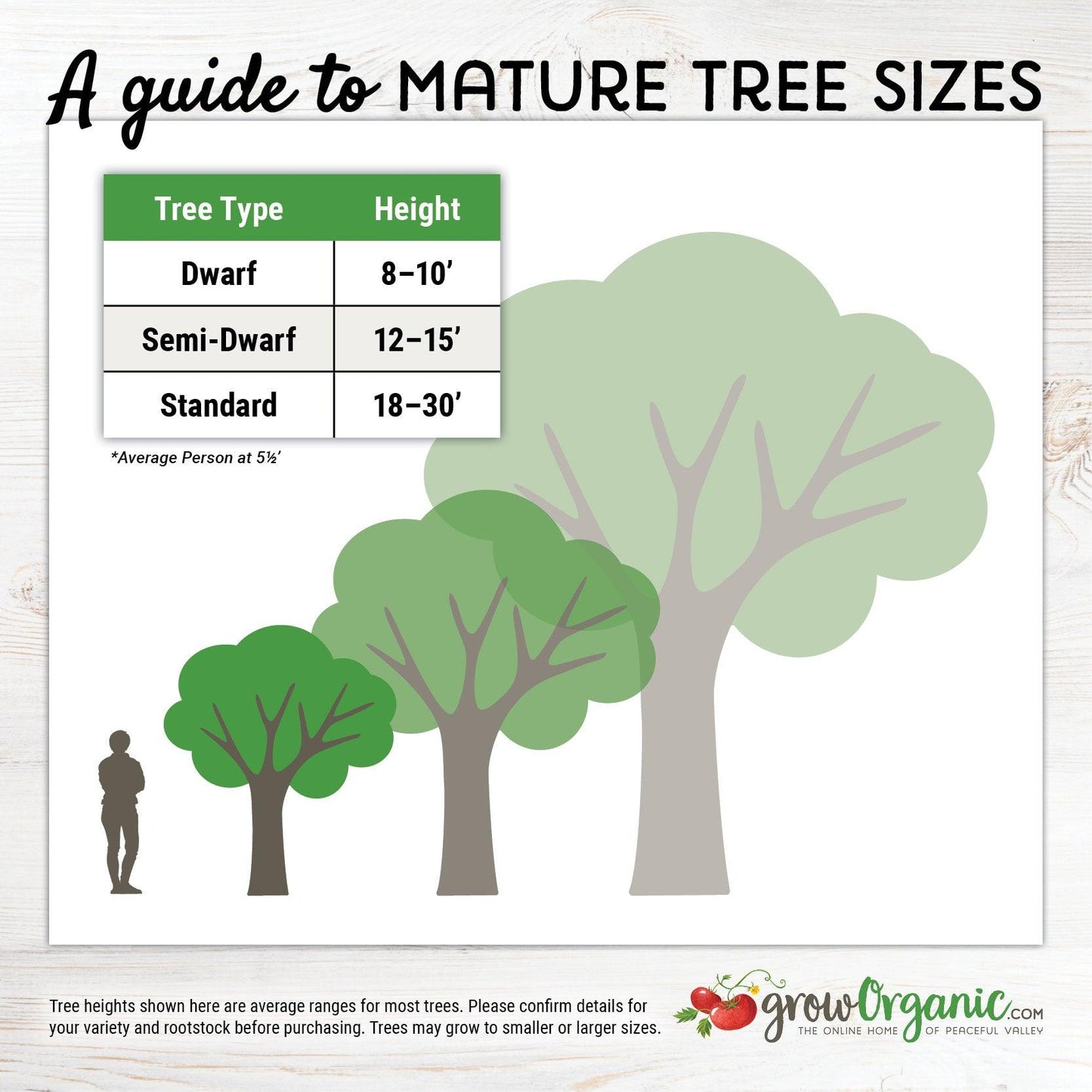
I planted this just over a year ago and it has tripled in size and has 3 fruits coming! I am at 3000 ft elevation in the Sierra Nevada mountains and it did great over its first winter here.
I received an extremely healthy pomegranate tree packaged so that absolutely no damage occurred to the plant during shipping. I will buy from this company again as I was very impressed with the quality and care by Grow Organic. Thank you so much!
Prompt shipping, excellent packaging, greaf quality plant!
Received a very very small, dead looking and thin plant, but it’s leafing out and looks to be healthy.
Planted two years ago and got 1 yummy fruit the first year and 4 amazing fruits on the second year. The seeds are amazingly sweet as fresh eating and much better than any store bought pomegranates. I'm growing it as a bush in a raised bed and it's very easy to maintain and grow. I'm thinking of planting a second one and I'm torn whether I should get a different variety or just another one of these, it's sooo good.

